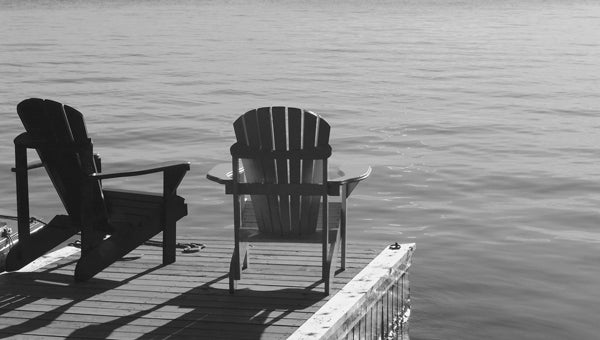That’s not what it looks like
Published 6:32 pm Monday, May 25, 2015
Everyone has seen a recreation on TV or in the movies: a person flailing about in the water, arms waving, screaming for help because they’re in danger of drowning. Those depictions are wrong — dead wrong.
Drowning is a deceptively quiet event.
Now that Memorial Day has passed, water temperature is on the rise and school is about to break loose for the summer, more and more people are going to be out on the river and heading to the coast to stick their toes in the sand and their bodies in the waves.
Drowning is the No. 2 cause of death in children aged 15 and under. Of the number of children who drown each year, over half of them will drown within 25 yards of a parent or other adult, because even with eyes on the child, most people just don’t recognize what drowning looks like.
There is no yelling for help, for one thing. As explained in an article in the U.S. Coast Guard’s “On Scene” journal called “It Doesn’t Look Like They’re Drowning,” it’s explained that speech is a secondary function to breathing — if there is no breath, speech cannot occur. A drowning person’s mouth will rise above the surface only momentarily, not allowing for enough time to exhale, inhale and call for help.
They cannot wave for help. Instinct kicks in and drowning victims are using their arms in a lateral motion, pushing down on the water, trying to lift their faces out of the water. They cannot stop drowning long enough to wave for help.
They are not thrashing around. In all likelihood, they are upright in the water, and not kicking. In this scenario, a drowning person can only struggle at the water’s surface for 20 to 60 seconds before they go under.
That’s not to say people aren’t capable of yelling, waving and thrashing about. Anyone who’s ever been caught in an ocean rip current know that. But when it comes to drowning, here are the signs people should look for: head low in the water, mouth at water level; head tilted back with mouth open; eye glassy and empty, unable to focus; eyes closed; hair over forehead and eyes; not using legs, vertical; hyperventilating or gasping; trying to swim in a particular direction but not making headway; trying to roll over on back; appear as if climbing an invisible ladder.
Since an actual drowning actually looks more like treading water, there’s only one true way to figure it out: ask.
“Are you OK?” If there’s no answer, rescue is necessary — immediately.
Keeping loved ones safe in the water may be as simple as knowing to look for the signs.





